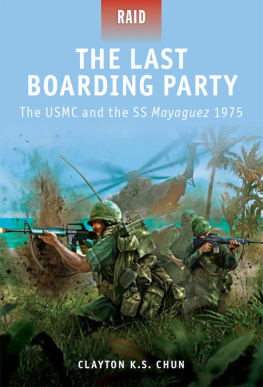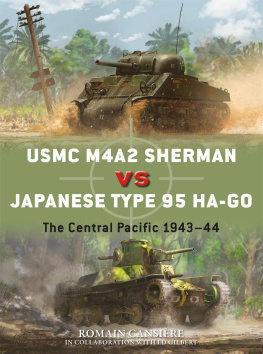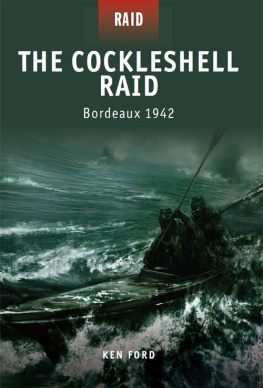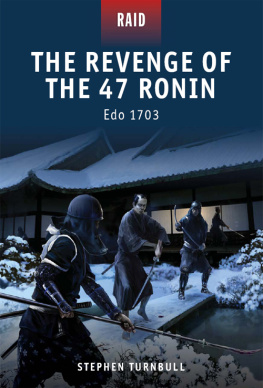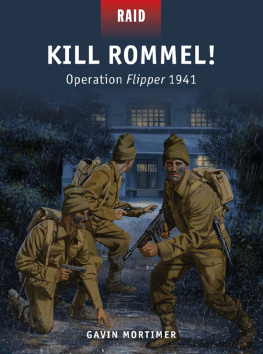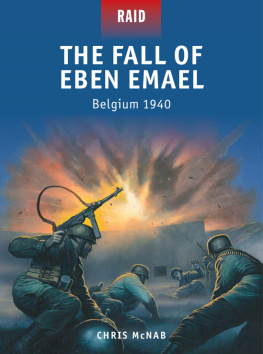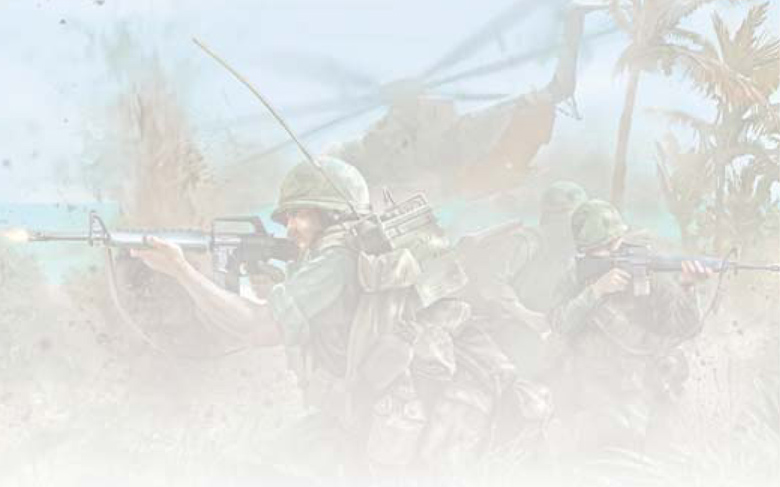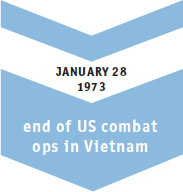THE LAST BOARDING PARTY
The USMC and the SS Mayaguez 1975
CLAYTON K.S. CHUN
CONTENTS
INTRODUCTION
The Vietnam War was one of the most divisive conflicts in American history. After more than a decade of involvement in South Vietnam, Washington negotiated a peace with Hanoi in 1973. US combat operations officially ended on January 28, 1973, when a ceasefire took effect. The United States military disengagement in other Southeast Asian nations, however, would take longer. Washington officially stopped bombing in Laos on February 21, but continued authorizing sorties until April 17. On August 15, the last military combat sorties over Cambodian skies concluded the US war. Yet despite massive aid and some political support by Washington, Saigon still fell in 1975. Laos and Cambodia turned into communist states.
These actions seemed to confirm fears of a regional communist takeover, apparently proving the domino theory first advanced in the 1950s. One of the few Southeast Asian nations that seemed to escape revolution was Thailand, but its government was nevertheless changing. Although a shadow of its former self, the only sizeable American military presence in the region was in Thailand and the Philippines. Despite a calm exterior, elements within Bangkok wanted to expel the US Air Force (USAF) units stationed throughout the country.
Southeast Asia in turmoil
During the Vietnam War, North Vietnam had largely moved from an insurgency to a conventional war to overthrow the Saigon government by 1975, and now had designs on other neighboring states. The Laotian and Cambodian governments, meanwhile, faced counter-revolutionary movements. Both governments had been, at times, willing to accept American aid in exchange for their support in fighting a secret war against the North Vietnamese Army (NVA) and Viet Cong (VC). With Washington pulling out of South Vietnam, however, the administrations started to crumble. The Laotian leadership, without massive American aid and bombing support, suffered continuing setbacks against communist Pathet Lao and NVA units bent on the governments overthrow. Laos was valuable to the North Vietnamese as an indirect route to South Vietnam. A ceasefire on February 22, 1973, allowed the communists to control wide areas of the countryside, and although a coalition government was formed under Prince Souvanna Phouma, the Pathet Lao continued to consolidate its power. Eventually Laos fell to the communists in December 1975.
In Cambodia, Defense Minister General Lon Nol, sympathetic to American foreign and military aims, had clashed with head of state Prince Norodom Sihanouk over national policies, including the princes complaints about American and South Vietnamese border incursions, bombings, and aid. US and South Vietnamese forces had briefly invaded Cambodia in late April 1970 to oust Vietnamese troops and destroy supplies in the border area with South Vietnam. These differences strained relations between Washington and Phnom Penh, and in 1970 Lon Nol launched a coup, forcing Sihanouk to abdicate. His assumption of power sparked a war with the Khmer Rouge, Cambodian communists supported by the North Vietnamese and Chinese. He would eventually leave office, but later return to power in 1972, when he suspended the constitution. Lon Nol announced a ceasefire on January 29, 1973, but it never took hold. Khmer Rouge, NVA, and VC forces controlled rural Cambodia, and they had bottled up Lon Nols forces in the cities.
Phnom Penh relied heavily on American airpower and support to survive. Khmer Rouge forces, with support from Sihanouk, continued to fight on. They started to surround Phnom Penh, shutting down the Mekong River access and shelling and rocketing Pochentong Airport, the major airfield near Phnom Penh. Despite American air-delivered aid, it was not enough to stem the tide. Lon Nol abdicated and left for Hawaii, and the Khmer Rouge took over the country in April 1975.
The leader of the Khmer Rouge, Pol Pot, did not allow Sihanouk to return to power. Instead, he began a process aimed at rebuilding Cambodia into a self-reliant, agrarian state. He also carried out mass executions among the nations business owners, political opposition, government employees, Buddhist monks, and various ethnic groups, including Vietnamese and Chinese. Pol Pot also continued the border disputes with Vietnam and Thailand to demonstrate his resolve for maintaining Cambodian sovereignty. Cambodian military forces began to occupy disputed islands in the Gulf of Thailand. The Khmer Rouge also wanted to extend their territory to offshore waters. Foreign embassies and citizens were not immune to this onslaught. Pol Pots regime told foreigners to leave and, in some cases, forcibly removed them from Cambodia. These actions not only demonstrated Pol Pots xenophobic nature, but a vicious character.
American National Security Agency (NSA) signal intercepts became the most reliable information source available on Khmer Rouge activities. President Gerald Fords administration started receiving NSA signals intelligence, that indicated that the Khmer Rouge had initiated mass executions, re-education efforts, forced relocations, retribution actions, and family separations on an unbelievable scale. Within the White House, speculation ran rampant on why the new Cambodian government had taken these paths.
Future relations between Phnom Penh, Washington and other nations seemed bleak. Cambodias aggressive border behavior and willingness to execute its own people had the potential to cause more conflict within Southeast Asia. Fortunately, for Washington, the United States had largely withdrawn from the region. The only major American military presence in mainland Southeast Asia was in Thailand.
The Thai government had allowed American airpower to conduct bomber, fighter, reconnaissance, and tanker operations throughout the region virtually unconstrained. Bangkok stood by for years as F-105s and later B-52s and F-111s hammered Hanoi. This situation was changing, however. Communist revolutionary forces had tumbled Vietnam, Laos, and Cambodia, so Thailand could be next. Bangkok did not want to upset her neighbors unduly and bring a communist insurgency within Thailand. The United States had several air bases that maintained strategic bombers, tactical fighters, and special operations aircraft and helicopters. Although Washington did not have major ground forces in Thailand, its air and naval forces had the capability to conduct limited attacks on Vietnam, Laos, or Cambodia.
THE FALL OF SOUTH VIETNAM AND OPERATION FREQUENT WIND
The United States had removed all of its combat units from the Republic of Vietnam well before 1975. Although Washington had supported Saigon with equipment and money, the US Congress had reduced aid to South Vietnam as the nation focused on other issues. Hanoi still looked south as it saw the American publics interest in Southeast Asia rapidly waning. North Vietnamese and VC forces had already failed to conquer South Vietnam during the 1968 Tet Offensive, and Saigon turned back Hanois conventional invasion in the 1972 Easter Offensive. By 1975, however, Saigon could not rely on massive American airpower or military resupply to stem another northern invasion. North Vietnamese divisions streamed south and pushed aside South Vietnamese units. Ford tried to get a $300 million aid package to Saigon, but the Congress refused to pass it. The Republic of Vietnams days were numbered.

